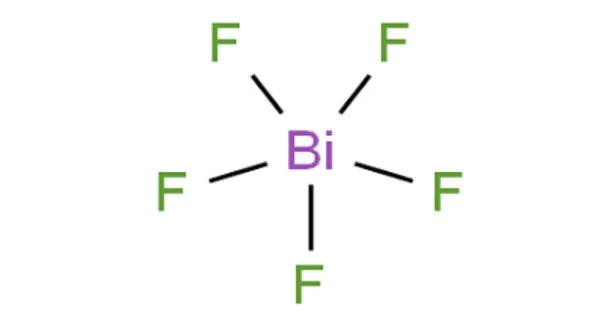Researchers recently published a comprehensive review article on how carbon dioxide can be isolated via reduction reactions and then transformed into value-added chemicals for fuels, paving the way for excess carbon dioxide to be repurposed. Despite accounting for a very small portion of the atmosphere, carbon dioxide is critical to the survival of life on our planet. However, if this delicate balance is upset, excess carbon dioxide can pose a significant threat to our environment and the living beings that inhabit it.
A team of researchers from Texas A&M University’s Artie McFerrin Department of Chemical Engineering recently published a comprehensive review article on how carbon dioxide can be isolated through reduction reactions and then transformed into value-added chemicals for fuels, paving the way for excess carbon dioxide to be repurposed.
“People are looking into innovative ways to mitigate global warming and minimize our environmental impacts,” said Denis Johnson, the study’s first author and a doctoral student in the department of chemical engineering. “Through scientific advances such as our own, we remain optimistic that one day we may be able to begin reversing what has already been done.”
Excess carbon dioxide causes more harm than good. Research has discovered that carbon dioxide-derived products, whether carbon monoxide, methanol, or ethanol, all have much greater use than carbon dioxide alone, with the added benefit of posing fewer health and environmental hazards.
Dr. Denis Johnson
Dr. Abdoulaye Djire, assistant professor in the department of chemical engineering, led the study, which was co-authored by Dr. Zhi Qiao, a former postdoctoral researcher in the department. The findings were reported in the journal ACS Applied Energy Materials.
Carbon dioxide, as Johnson suggests, is a potential contributor to global warming. According to the US Energy Information Administration, carbon dioxide levels in the atmosphere will continue to rise unless the current energy structure is changed.
There are currently several methods for reducing the negative effects of carbon dioxide. Decarbonization is one such method, in which carbon is simply removed from supply chains. Despite its allure, decarbonization necessitates the use of other carbon sources, such as liquid fuels and feedstocks, making it unsustainable. Another method, carbon sequestration, which involves removing carbon from the atmosphere, is not economically viable due to rising industry costs and a lack of technology capable of performing this task.

“Excess carbon dioxide causes more harm than good,” Johnson asserted. “Research has discovered that carbon dioxide-derived products, whether carbon monoxide, methanol, or ethanol, all have much greater use than carbon dioxide alone, with the added benefit of posing fewer health and environmental hazards.”
As a result, the researchers are looking into whether carbon dioxide reduction reactions, which use electricity to convert carbon dioxide into other carbon compounds, are viable solutions.
Carbon dioxide can be removed and purified from emissions or the atmosphere using amine columns or other carbon capture technologies. Once the carbon dioxide has been purified, the researchers can begin the carbon dioxide reduction reaction by using a transition metal to initiate the electrochemical reaction.
Furthermore, the researchers stated that one of the benefits of this chemical process is that different products can be made depending on which transition metal is used, such as copper or nickel. Carbon dioxide can be repurposed to make a variety of carbonaceous products, such as propanol for medicines or ethanol for fuels, which have far greater value and versatility.
“Assuming we get back every amount of carbon dioxide we put in,” Johnson explained, “we could potentially use the carbon dioxide to produce ethanol, which can then be mixed back into fuel using recycled carbon dioxide.”
The article begins by reviewing the electrochemical methods that are currently being used to reduce the harmful effects of carbon dioxide, serving as a resource for other researchers in the field. The article continues with tutorials on the techniques used to aid in the analysis of the catalysts and byproducts of the electrochemical carbon dioxide reduction process.
“This process has the potential to fundamentally alter the impacts of carbon dioxide, transforming it into a form of renewable energy while simultaneously providing carbon sources to industries that rely on the product, reducing its negative environmental impact,” said Djire. “This work summarizes what we know about carbon dioxide recycling and transformation, as well as how we can carry this knowledge forward.”
















